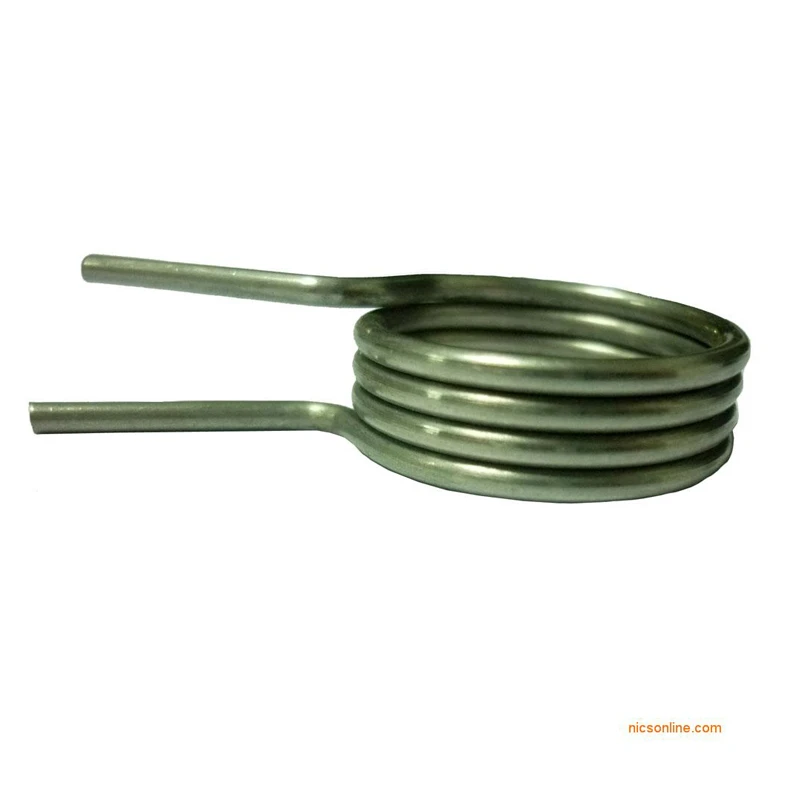
- Mobile Phone
- +8613931874955
- sales@cntcmetal.com
Stainless Steel Wall Ties for 150mm Cavity Applications and Benefits
Stainless Steel Wall Ties for 150mm Cavity Walls
In modern construction, wall ties play a critical role in ensuring the stability and integrity of cavity walls. Among various materials used for wall ties, stainless steel has emerged as a preferred choice, particularly for 150mm cavity walls. This article delves into the significance of stainless steel wall ties, their benefits, application, and considerations that make them essential for construction projects.
Understanding Wall Ties
Wall ties are mechanical devices used to connect two separate walls, typically in cavity wall construction. Cavity walls consist of two layers an outer layer that protects against weather elements and an inner layer that provides insulation and structural support. The gap between these walls, typically referred to as the cavity, is where wall ties are placed. These ties help maintain the alignment of the walls, preventing them from collapsing while allowing for movement due to structural settling or thermal expansion.
The Importance of Cavity Width
In this discussion, we focus on 150mm cavity walls, a common dimension in both residential and commercial construction. The 150mm cavity provides adequate space for insulation materials, enhancing energy efficiency while also allowing room for any necessary drainage if moisture penetrates the outer wall. The choice of wall tie material is crucial in optimizing the performance of such walls.
Why Stainless Steel?
Stainless steel wall ties offer numerous advantages that make them ideal for using in 150mm cavity walls
1. Corrosion Resistance One of the most significant benefits of stainless steel is its resistance to corrosion. In constructions exposed to moisture, whether from rain, humidity, or condensation within the cavity space, stainless steel ties will endure without rusting. This property ensures the longevity and durability of the wall ties, ultimately supporting the overall structural integrity of the building.
2. Strength and Durability Stainless steel has high tensile strength, making it capable of withstanding considerable loads and tensions. As communities grow and structures age, maintaining stability becomes imperative. Stainless steel ties ensure that the walls remain securely anchored and do not separate over time.
stainless steel wall ties for 150mm cavity

3. Maintenance-Free Due to their resistance to corrosion and other forms of degradation, stainless steel wall ties require minimal maintenance. This is a significant advantage for building owners and contractors, as it reduces long-term maintenance costs and labor associated with replacing or treating corroded ties.
4. Thermal Efficiency The thermal links formed by stainless steel ties do not significantly transfer heat, maintaining energy efficiency within the cavity walls. This is particularly important for modern building standards that prioritize sustainability and energy efficiency.
Installation Considerations
When installing stainless steel wall ties in 150mm cavity walls, there are several considerations to keep in mind
- Spacing Adequate spacing between the ties is crucial for maintaining structural integrity. Building regulations often recommend specific spacing based on wall height and composition.
- Type of Tie Depending on the design and function of the walls, different types of stainless steel ties, such as “double triangle” or “tube” formats, may be appropriate. Choosing the correct type ensures optimal performance.
- Compliance with Standards It’s essential that all materials and practices comply with local building regulations and standards. This adherence is vital for safety and legal certification upon project completion.
Conclusion
Stainless steel wall ties are an indispensable aspect of constructing 150mm cavity walls, providing essential support for structural durability and longevity. Their superior corrosion resistance, strength, and maintenance-free nature make them an ideal choice for modern construction projects. By understanding the importance of these ties and their correct application, construction professionals can enhance the performance and reliability of cavity wall structures while ultimately benefiting building owners and occupants alike. As the industry continues to evolve, the use of high-quality materials like stainless steel will play an essential role in the future of building construction.
share:
-
Why Sacrificial Formwork Is Redefining Underground ConstructionNewsJun.06,2025
-
The Structural Dynamics of Modern Concrete: How Snake Spacers Revolutionize Flexible ReinforcementNewsJun.06,2025
-
Snake Spacers Smart-Lock Concrete Reinforcement with Surgical PrecisionNewsJun.06,2025
-
Snake Spacers: Reinforcement Precision for Modern Concrete ProjectsNewsJun.06,2025
-
Snake Spacers Powering Concrete's Structural DNANewsJun.06,2025
-
Slither into Success: Snake Spacers' Precision Bite for Unbreakable ReinforcementNewsJun.06,2025
-
Sacrificial Formwork: Building Stronger, Faster, and Safer StructuresNewsJun.06,2025



















